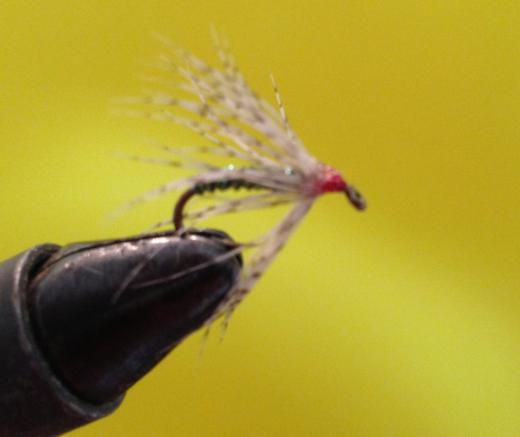FLY TYING THROUGH THE AGES
FLY TYING THROUGH THE AGES
Raymond Kucharski
No one knows for certain who, where or when the first fish was caught on a fly. There are records dating back to the third century. The philosopher Aelien tells us in his De Natura Animalium about Isaac from Macedonia, who reached into his earthen jar for a grub only to find he was out of bait. Inspired, he plucked a feather from a nearby chicken and wrapped it around the hook shank. This simple fly was the first soft hackle wet fly. Isaac cast it into the Astraeus and WHAM! He and the fish were hooked on fly-fishing.
In 1496, just four years after Columbus sailed, Dame Juliana Berners, described methods of fly dressing and fly-fishing in a book titled Trease of Fysshynge Wyth an Angle. Angle is defined as causing an angle, as in between a rod and its line. Some of those historic patterns outlined in her book are still used today.
Years later an Englishman took time off from civilizing the world and wrote a book. His name was also Isaak - Isaak Walton: and the book was titled, The Compleat Angler or The Contemplative Man’s Recreation . Fishing has not been the same since. He wrote about “the dun-flie, the stone-flie, the red-flie, the moor-flie, the tawnie-flie,” and also of the “caterpillar, or the Palmer-flie or worm”. The palmer fly or Wooly Worm became the forerunner of today’s Woolly Buggers.
In the latter part of the nineteenth century, American fly-tyers and fly-fishermen advanced the art. The father of the dry fly in America, Theodore Gordon, was casting his Quill Gordon dry fly, on the Neversink River in his beloved Catskill’s mountains. He dressed his flies in an impressionistic style imitating aquatic insects. What
Theodore taught us, was to fish dry flies upstream and to keep a diary of fishing conditions and insect hatches. The theme of his work, captured in his journals, was “ The great charm of fly fishing is that we are always learning”.
In the last half-century silk fly lines measured by diameter gave way to synthetic lines measured by weight. Graphite replaced split bamboo and fiberglass rods. New fly-tying materials and thousand of new fly patterns were developed.
Someone said that if we do not know history we are doomed to repeat it. But in fly-fishing and fly-tying, knowledge of its history is not required to have fun. For like anglers of old, sitting down and tying some wool, fur and feathers on a hook creating your own masterpiece, going to the water, casting it in and seeing a fish raise to take your creation remains the same thrilling experience that hooked Izaac from Macedonia.
2005-6


